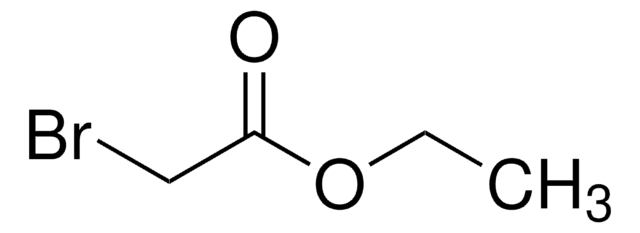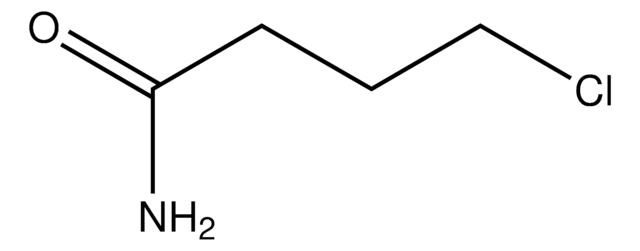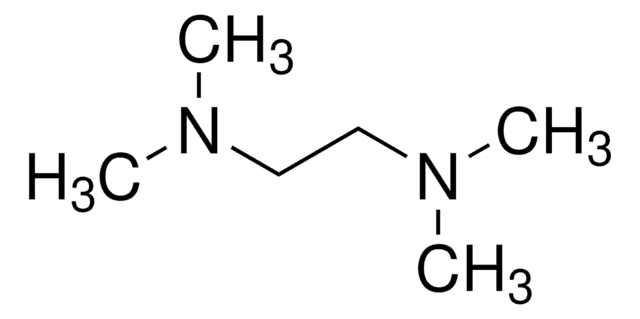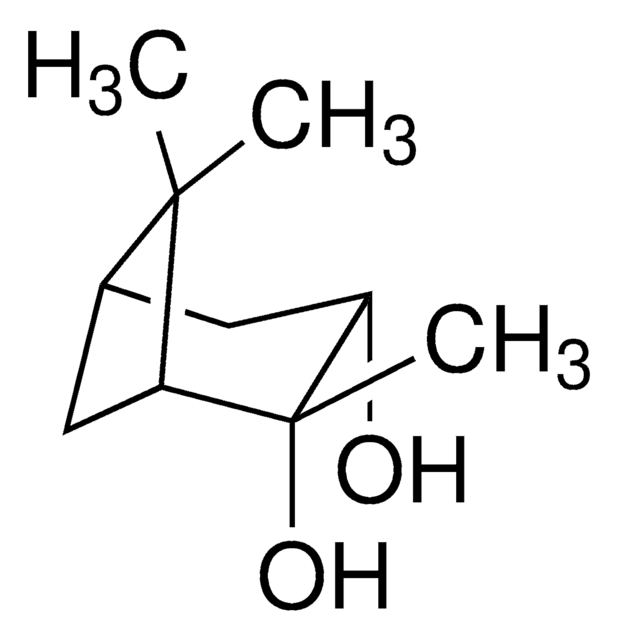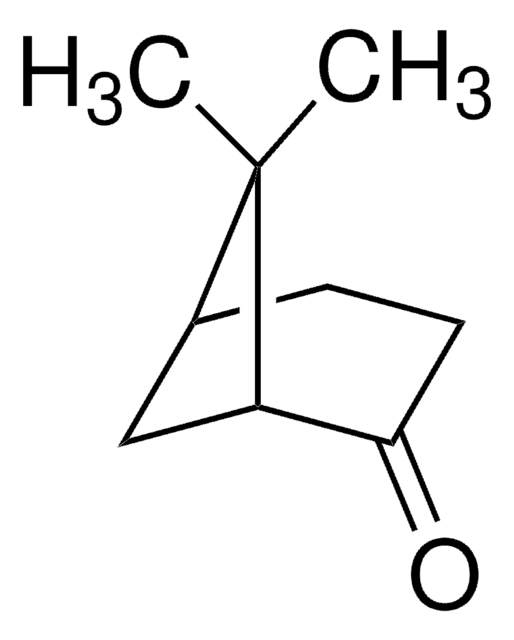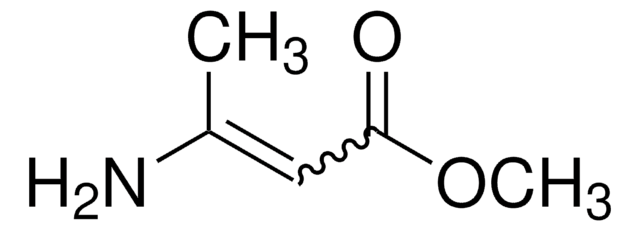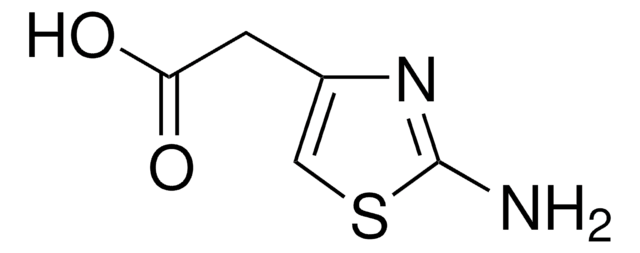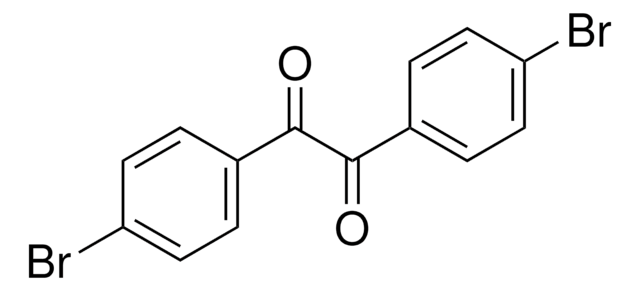400416
(1R,2R,5R)-(+)-2-Hydroxy-3-pinanone
99%
Synonym(s):
(1R,2R,5R)-2-Hydroxy-2,6,6-trimethylbicyclo[3.1.1]heptan-3-one
About This Item
Recommended Products
Assay
99%
form
solid
optical activity
[α]20/D +39°, c = 0.5 in chloroform
bp
245 °C (lit.)
mp
37-39 °C (lit.)
density
1.059 g/mL at 25 °C (lit.)
functional group
hydroxyl
ketone
SMILES string
CC1(C)[C@@H]2C[C@H]1C(C)(O)C(=O)C2
InChI
1S/C10H16O2/c1-9(2)6-4-7(9)10(3,12)8(11)5-6/h6-7,12H,4-5H2,1-3H3/t6-,7-,10?/m1/s1
InChI key
VZRRCQOUNSHSGB-KTWZPZHPSA-N
Looking for similar products? Visit Product Comparison Guide
1 of 4
This Item | 287784 | 327956 | 268070 |
|---|---|---|---|
| assay 99% | assay 99% | assay 98% | assay ≥99% |
| mp 37-39 °C (lit.) | mp 57-59 °C (lit.) | mp - | mp −62 °C (lit.) |
| density 1.059 g/mL at 25 °C (lit.) | density - | density 0.981 g/mL at 25 °C (lit.) | density 0.858 g/mL at 20 °C (lit.) |
| bp 245 °C (lit.) | bp 101-102 °C/1 mmHg (lit.) | bp 209 °C (lit.) | bp 155-156 °C (lit.) |
| form solid | form - | form liquid | form liquid |
| optical activity [α]20/D +39°, c = 0.5 in chloroform | optical activity [α]21/D −8.6°, c = 6.5 in toluene | optical activity [α]20/D +16°, neat | optical activity [α]21/D +50.7°, neat |
Storage Class Code
11 - Combustible Solids
WGK
WGK 3
Flash Point(F)
222.8 °F - closed cup
Flash Point(C)
106 °C - closed cup
Personal Protective Equipment
Choose from one of the most recent versions:
Already Own This Product?
Find documentation for the products that you have recently purchased in the Document Library.
Customers Also Viewed
Our team of scientists has experience in all areas of research including Life Science, Material Science, Chemical Synthesis, Chromatography, Analytical and many others.
Contact Technical Service